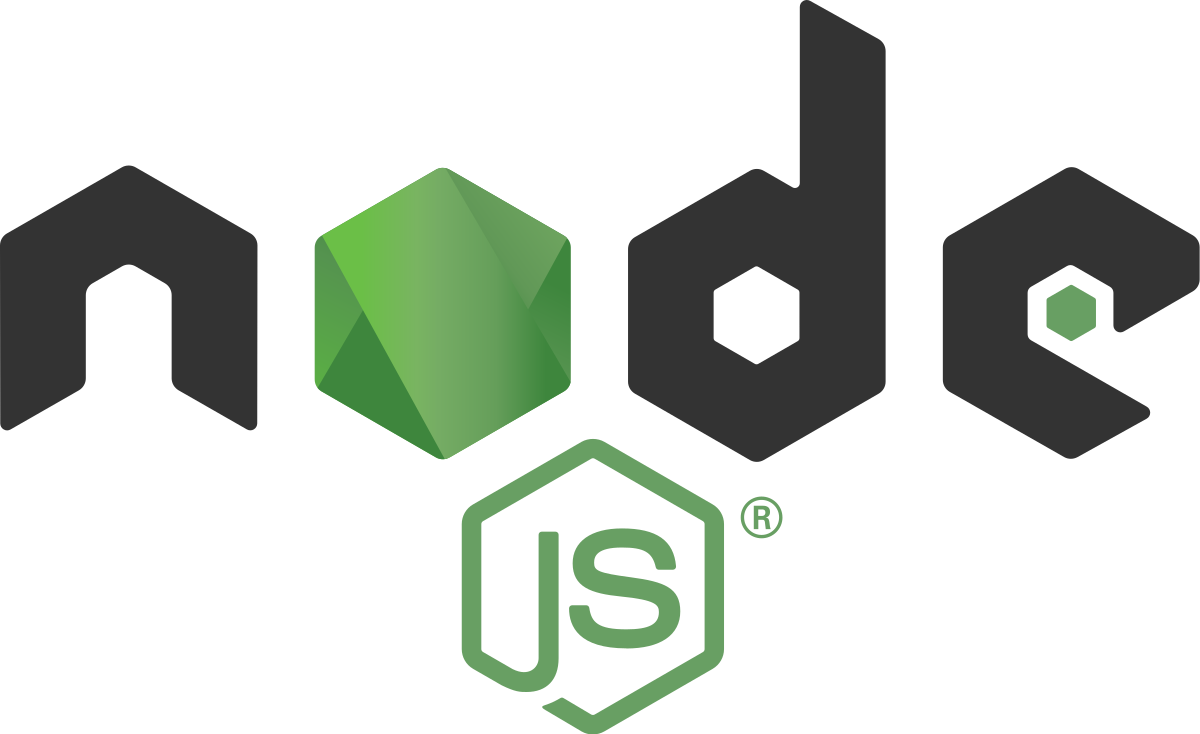Uncover the key advantages of using JavaScript frameworks to build scalable, efficient, and secure web applications in today’s competitive market.
More...
The scope of web development is extensive, and in this setting, JavaScript frameworks serve as invaluable tools that help developers build robust and modern web applications. Their utility is particularly prominent in sectors like fintech, where the demands for performance and security are high.
What is Web Development?
Web development is the process of building and maintaining websites or web applications that run in a web browser. It encompasses a wide range of tasks, from creating simple static web pages to complex, dynamic web applications. Web development is generally categorized into front-end (the user interface), back-end (the server-side, databases), and full-stack development (a combination of both). The primary technologies used in this field are HTML, CSS, and JavaScript, among others.

Why JavaScript Frameworks?
JavaScript alone offers great potential, but frameworks channel this potential into organized and effective solutions. Imagine having a detailed blueprint while constructing a skyscraper. Frameworks serve a similar function, providing a structured pathway for building web applications, especially in high-stakes sectors such as fintech.
Key Advantages of Using Frameworks
Popular JavaScript Frameworks and Libraries
React (React.js)
Origin: Introduced by Facebook in 2013.
Description: Though technically a library, React is primarily used for building UI components and focuses on a component-based architecture.
Features: Includes JSX, Virtual DOM, and One-way Data Binding.
Popularity: Used by leading companies like PayPal, Netflix, and Codecademy.
Benefits: Highly efficient due to Virtual DOM, facilitates faster development with reusable components, and supports real-time updates—important for fintech.

Vue.js (Vue)
Origin: Initiated by ex-Google engineer Evan You in 2013.
Description: Vue is a progressive framework that you can adopt incrementally and it offers reactive data binding.
Features: Includes Reactive Data Binding, Virtual DOM, and Vue CLI.
Popularity: Its simplicity and learning curve have contributed to its quick rise in popularity.
Benefits: Lightweight and flexible, comprehensive documentation, suitable for both small and large-scale projects.

Angular
Origin: Developed by Google in 2010.
Description: Angular provides a platform for building client-side applications using HTML and TypeScript.
Features: Two-way Data Binding, Dependency Injection, and custom HTML directives.
Popularity: Used by platforms such as Gmail, Udemy, and Forbes.
Benefits: Offers a comprehensive toolset, enjoys strong support from Google, and promotes modular coding.

Node.js
Origin: Created by Ryan Dahl in 2009. Often considered the most popular JavaScript framework, according to Stack Overflow Developer Surveys.
Description: Favored for its capabilities in handling real-time applications, streaming services, and data-intensive systems.
Features: Event-driven, non-blocking I/O model, efficient real-time application handling, support for streaming services, scalability, and high-performance.
Popularity: Adopted by industry giants like Netflix, LinkedIn, Uber, and Trello, showcasing its robustness and versatility.
Benefits: Provides a strong ecosystem and community support, excels in applications requiring high performance and scalability.

Backbone.js
Origin: Created by Jeremy Ashkenas in 2010.
Description: Provides structure to web apps with models offering key-value binding and custom events.
Features: Models, Views, a RESTful JSON interface, and Event-driven communication.
Popularity: Valued for its minimalist approach.
Benefits: Lightweight and dependent only on Underscore.js, provides just enough structure for many web apps.
Ember.js
Origin: Derived from the SproutCore framework in 2011.
Description: An opinionated framework that emphasizes best practices.
Features: Handlebars templating, Routes for URL's state, and Ember CLI.
Popularity: Offers a comprehensive, "batteries-included" experience.
Benefits: Enhances productivity through conventions, has thorough documentation, and is suited for large-scale applications.

Frameworks in the Context of Fintech
- 1Real-time Data Processing: Financial data is in constant flux. Frameworks like React and Angular are equipped to handle real-time updates smoothly.
- 2Security: While frameworks offer built-in security features such as protection against XSS attacks, it's crucial to supplement them with proper implementation and ongoing updates.
- 3Interactivity: Frameworks help build dynamic, interactive user experiences that are expected in modern fintech applications.
Our Suggestion to you
For companies aspiring to capitalize on the capabilities of these frameworks, professional expertise can make a significant difference. Through staff augmentation services, you can easily hire seasoned JavaScript developers to enhance your existing team's skills.
The result? A clearer path to accomplishing your project objectives. Choose specialized talent for assured success!